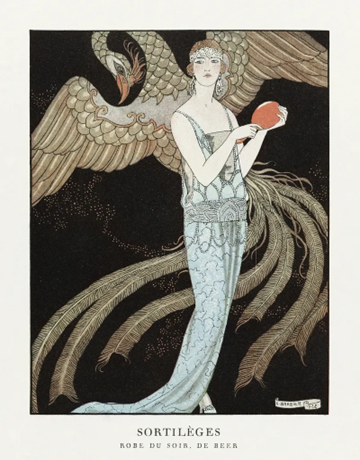
Art Deco is a style of visual arts, architecture, and design that originated in the 1920s and flourished until the start of World War II in 1939. The style is characterised by a streamlined, geometric aesthetic that emphasises symmetry, bold colours, and luxurious materials. Art Deco emerged as a response to the ornate and elaborate styles of the preceding Art Nouveau and Victorian eras, and was influenced by a variety of artistic movements, including Cubism, Futurism, and Constructivism. Art Deco experienced a resurgence of interest in the 1960s, coinciding with the emergence of pop art, and then again in the 1980s with the growing interest in graphic design.
History of Art Deco
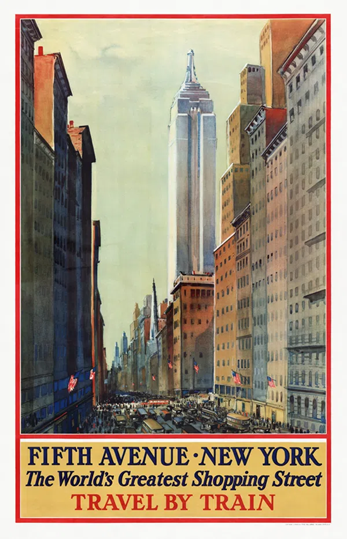
The Art Deco movement began after the First World War and the Industrial Revolution, and in many ways, it could be seen as a response to the rapidly changing environment. The whimsical, romantic motifs and naturalistic lines of the Art Nouveau period quickly became irrelevant and inappropriate after such a brutal time of war and destruction. This gave way to clean lines, geometric design and contrast and colour came into fashion. The term "Art Deco" was derived from the name of the Exposition Internationale des Arts Décoratifs et Industriels Modernes, a world's fair held in Paris in 1925 that showcased the latest in modern design. Art Deco was embraced by many people all around the world, including Europe and the United States. It symbolised the visual embodiment of modernist principles, celebrating the success of technological advancements, Art Deco was the visual embodiment of modernist principles. Celebrating the triumph of technology and the sleek, liberating forms of the machine age, its emphasis on structure responded to a widespread desire for order in the wake of chaos. Today, Art Deco remains a beloved and influential style, with its decorative and glamorous designs continuing to inspire artists and designers around the globe.

Characteristics of the Art Deco Movement
The Art Deco movement was not a single, linear style, but rather a collection of different and occasionally contradictory styles.
Geometric shapes
Art Deco embraced geometric forms, such as squares, triangles, circles, and trapezoids. These shapes were often incorporated into architecture, furniture, and decorative objects, creating a sense of sleekness and symmetry. The incorporation of geometric shapes emerged in the wake of significant art movements, such as, Cubism, Futurism and De Stijl. Art Deco designers incorporated these blocky, geometric shapes to convey a clean, industrial aesthetic.
Ancient and non-western inspiration
The rise of globalisation combined with the lingering influence of Victorian imperialism led to many designs being heavily influenced by non-western cultures, particularly from ancient Egypt, Africa and East Asia. The incorporation of exotic elements and motifs added an air of mystery and fascination to Art Deco creations.
Bold and Vivid Colours
In contrast with the pastel hues of Art Nouveau, Art Deco embraced bold and vibrant colours, often in high contrast. The use of rich jewel tones, such as deep blues, emerald greens, and ruby reds, was prevalent. These colours added a sense of luxury and opulence to the overall aesthetic.
Luxurious Materials
Art Deco embraced luxurious and exotic materials, such as ivory, lacquer, chrome, glass, and precious metals like gold and silver. The use of these materials added to the glamorous and sophisticated appeal of Art Deco designs.
Decorative Patterns and Ornamentation
Art Deco featured elaborate patterns and ornamentation and was inspired by the industrial revolution, with many objects and buildings featuring machine motifs. Art Deco featured streamlines, straight lines, bold shapes and metallic surfaces reflecting the industrial period and the new period of modernity. These decorative elements added a sense of glamour and opulence to various artistic and design forms.
Key Works of the Art Deco Movement
"Electric Prisms" by Sonia Delaunay (1913): This painting exemplifies Delaunay's exploration of vibrant colour and abstract geometric forms. It showcases overlapping and intersecting shapes that create a sense of movement and dynamic energy.
Cubist-inspired Jewellery by Raymond Templier: Templier incorporated geometric forms, clean lines, and abstract motifs influenced by the Cubist art movement into his jewellery designs. He often used platinum and diamonds, along with coloured gemstones, to create striking pieces with a modern and avant-garde flair.
Fallingwater (1935) by Frank Lloyd Wright: Fallingwater, located in Pennsylvania, is perhaps Wright's most famous residential design. The house is built over a waterfall, with cantilevered terraces and a strong emphasis on horizontal lines. It exemplifies Wright's philosophy of organic architecture, seamlessly blending with its natural surroundings.
Chrysler Building (New York City, United States): Constructed by Walter Chrysler, it is one of the most iconic Art Deco buildings, the Chrysler Building is renowned for its distinctive stainless-steel spire and intricate ornamentation. Completed in 1930, it stands as a symbol of the Art Deco era and is considered a masterpiece of skyscraper design.
Main artists of the Art Deco movement
Sonia Delaunay (1885-1979)
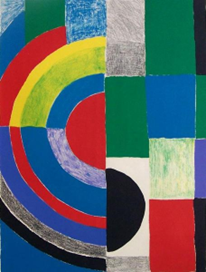
Delaunay was a Ukrainian-born French artist and designer who played a significant role in the development of abstract art and textile design. She was a key figure in both the Orphism and the Art Deco movements. Delaunay's work encompassed various media, including painting, textile design, fashion, and set design. She was known for her vibrant use of colour and bold geometric patterns, which brought a sense of dynamism and rhythm to her compositions.
Raymond Templier (1891-1968)
Raymond Templier was a prominent French jeweller known for his innovative and influential work during the Art Deco period. Templier's jewellery designs were characterised by clean lines, geometric forms, and a combination of precious materials and innovative techniques. He incorporated materials such as enamel, rock crystal, onyx, and diamonds into his creations, often utilizing platinum as a base metal. His designs were known for their striking simplicity and elegance, with a focus on balance and symmetry.
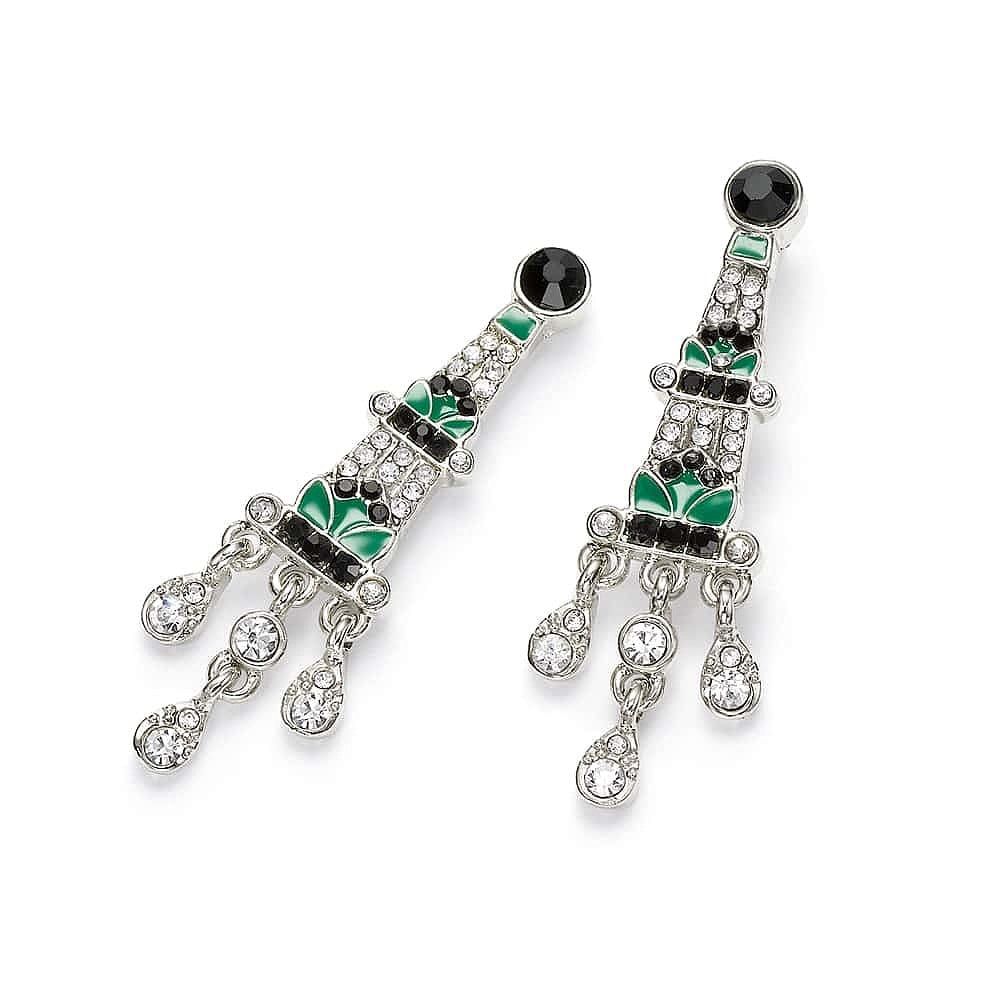
Striking hand-enamelled and crystal set costume earrings recalling the bold work of French Art Deco jeweller Raymond Templier (1891-1968).
Frank Lloyd Wright (1867-1959)
Wright was an influential American architect, interior designer, and educator, whose work was characterised by his innovative and organic approach, blending architecture with nature and emphasising harmony between the built environment and its surroundings. He created a bold new approach to domestic architecture known as the Prairie style. This style was characterised by its emphasis on the horizontal rather than the vertical.
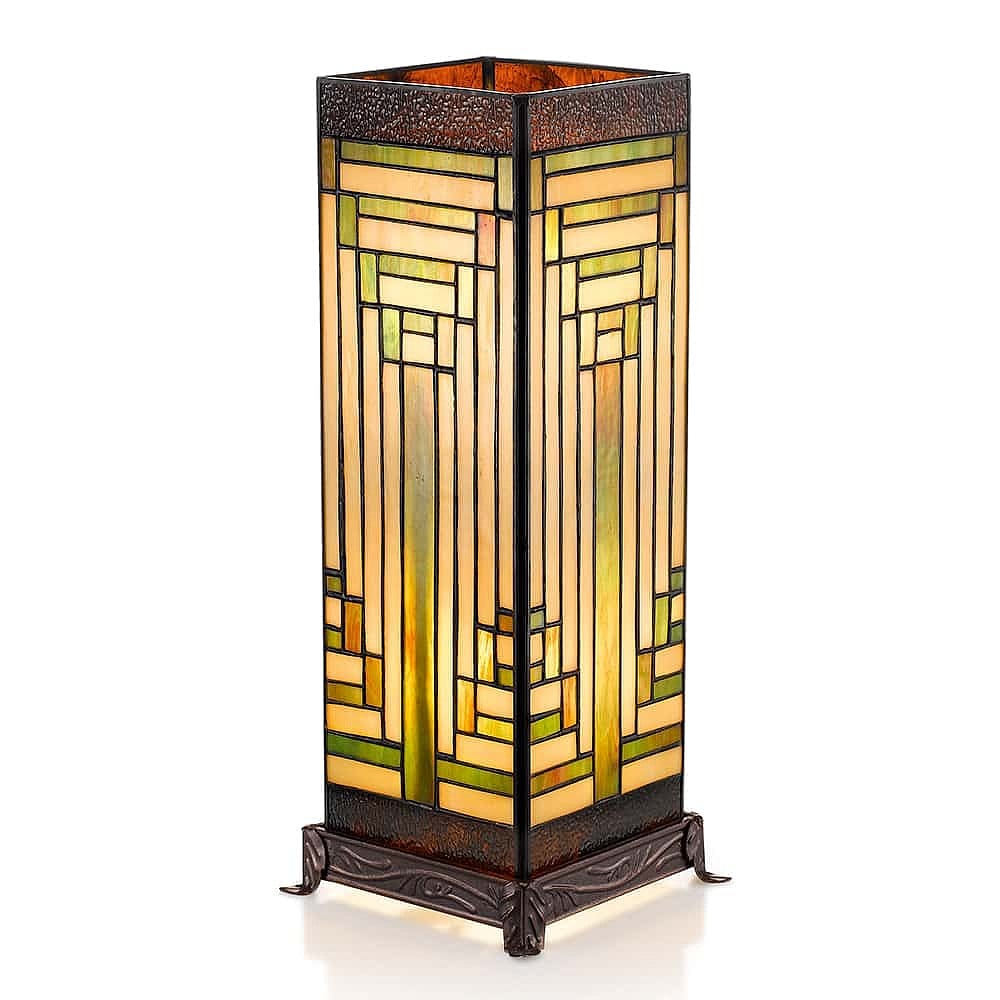
Discover our striking table lamp inspired by the glass works of Art Deco architect, Frank Lloyd Wright. This bold lamp is crafted from die cast zinc alloy, with decorative favrile glass panels in geometric design of cream, green and brown tones.
Gunta Stölzl (1897 -1983)
Stölzl played a fundamental role in the development of the Bauhaus school’s weaving workshop. It was here where she created enormous change as it transitioned from individual pictorial works to more modern, industrial designs. Her textile work was thought to have created the distinct style of Bauhaus textiles and to have changed the way weaving was seen.
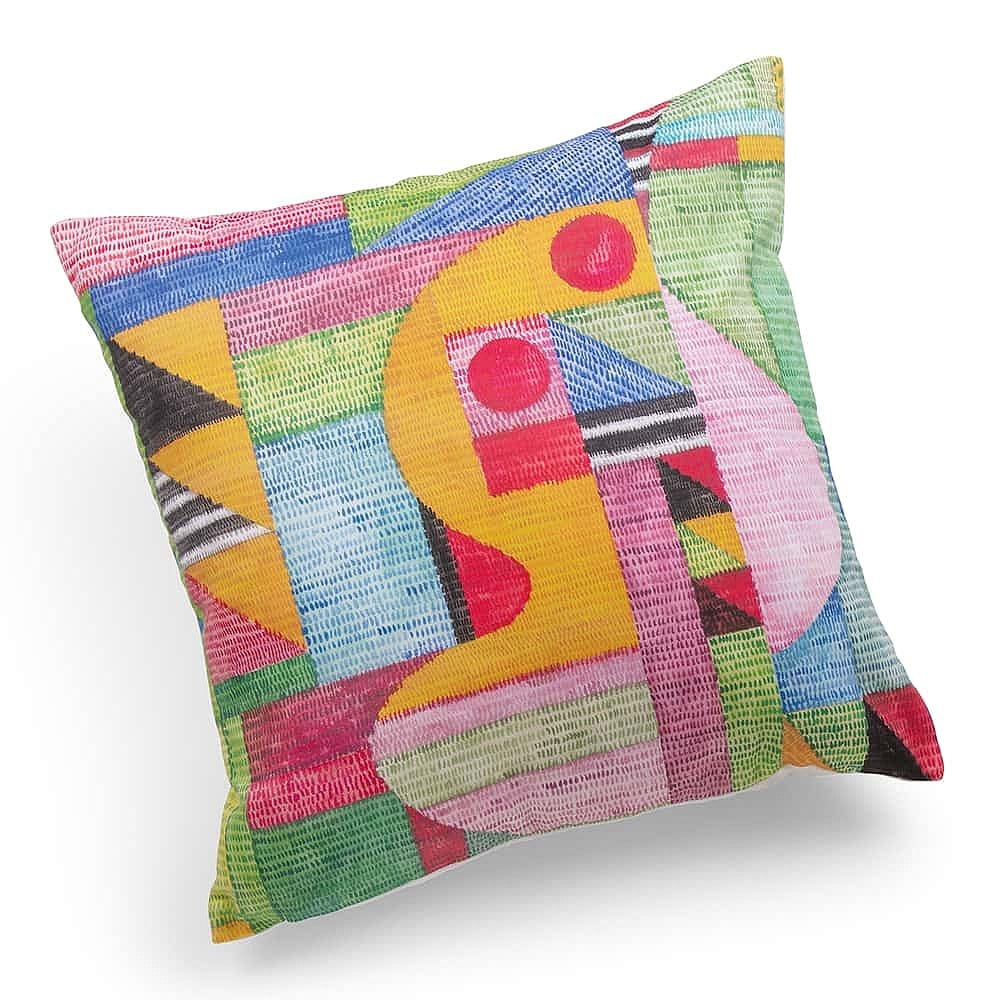
Discover our colourful printed cushion recalling the work of textile artist Gunta Stölzl. Recreating hand drawn artwork exclusively designed for Museum Selection, highlighting the painterly brush strokes and water marks of the artist.
Examples of Art Deco Museums
If you are interested in seeing some examples of Art Deco pieces in the UK, you can visit some museums that have collections dedicated to this movement:
- The Victoria and Albert Museum in London
- The Fashion and Textile Museum in London
- The Brighton Museum and Art Gallery
- The Black Country Living Museum in Dudley
- The Laing Art Gallery in Newcastle upon Tyne


